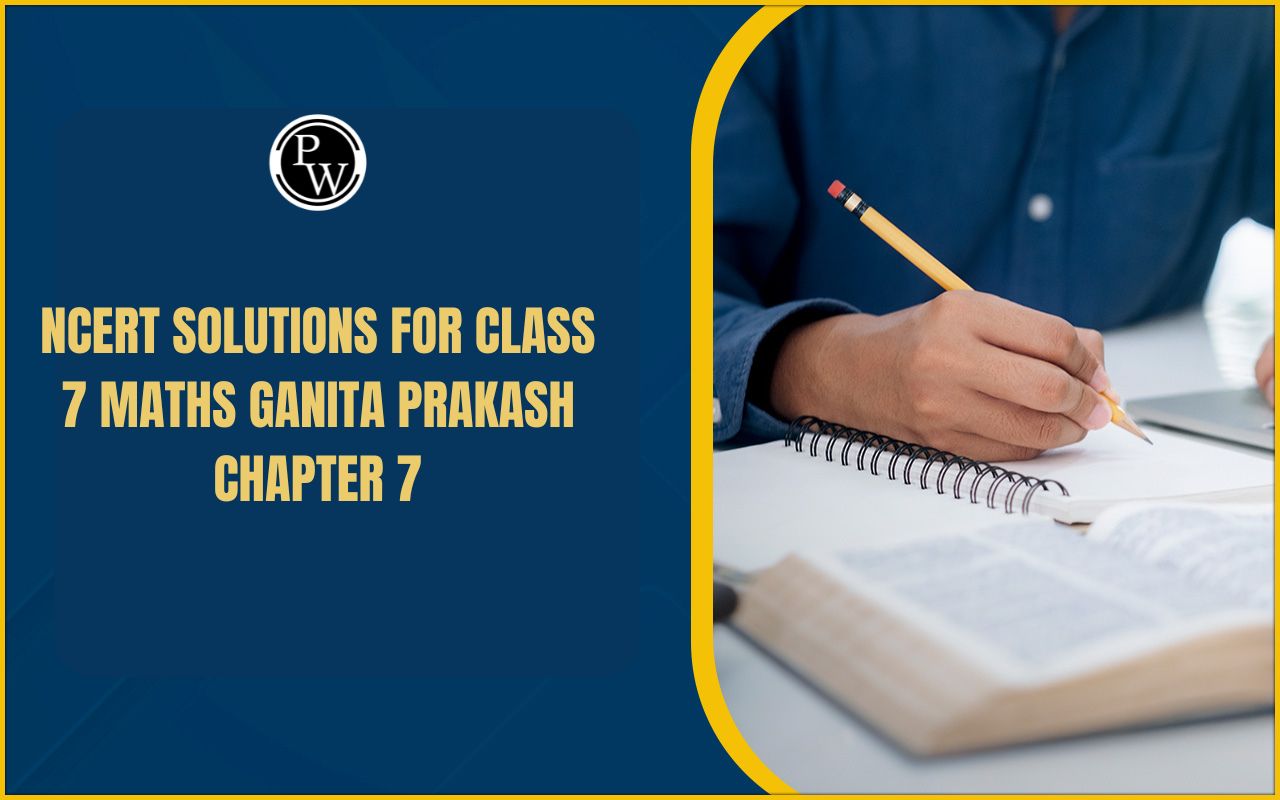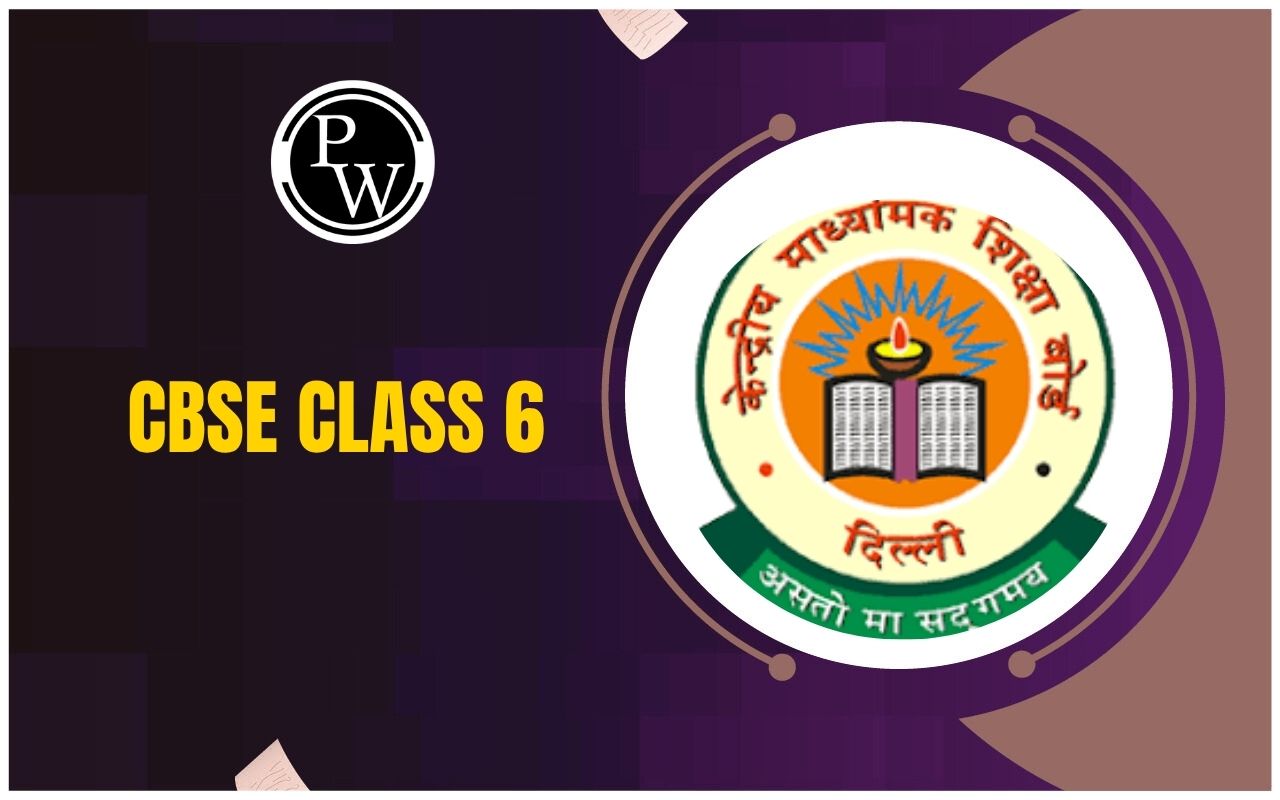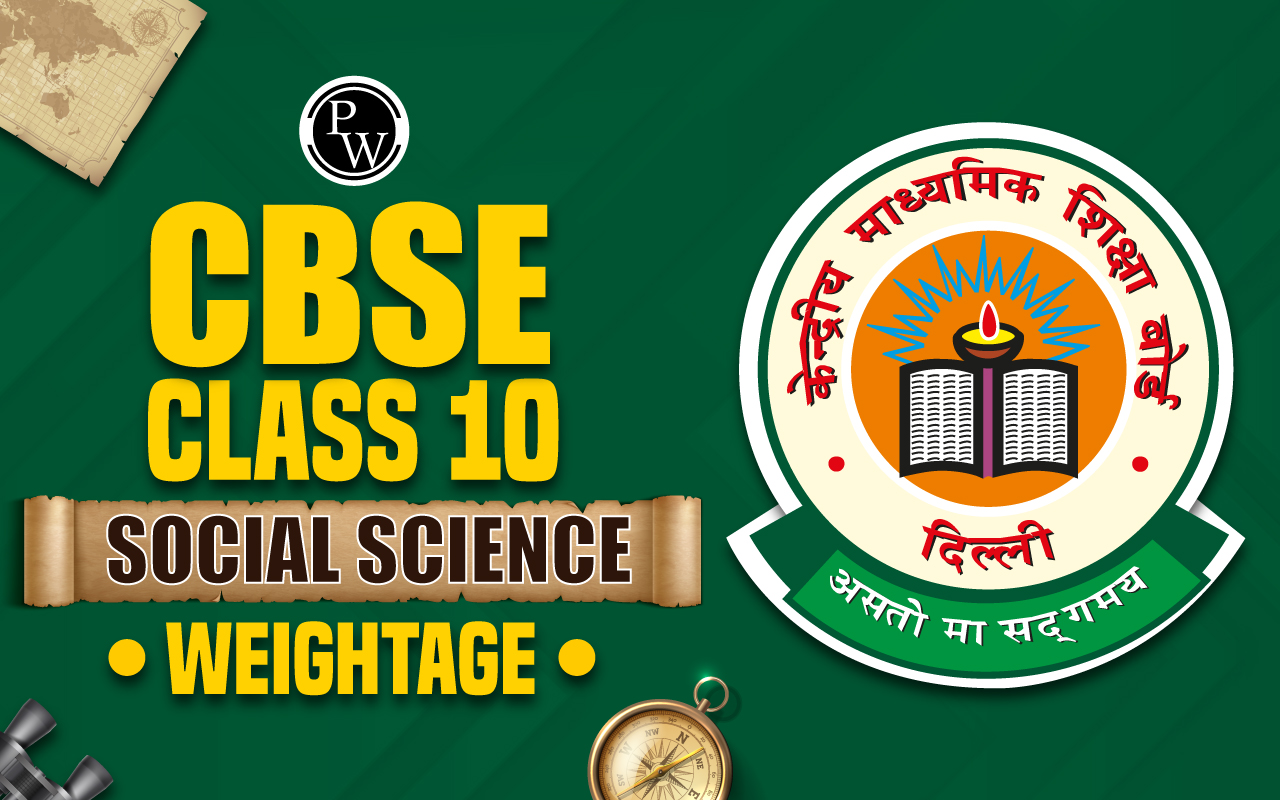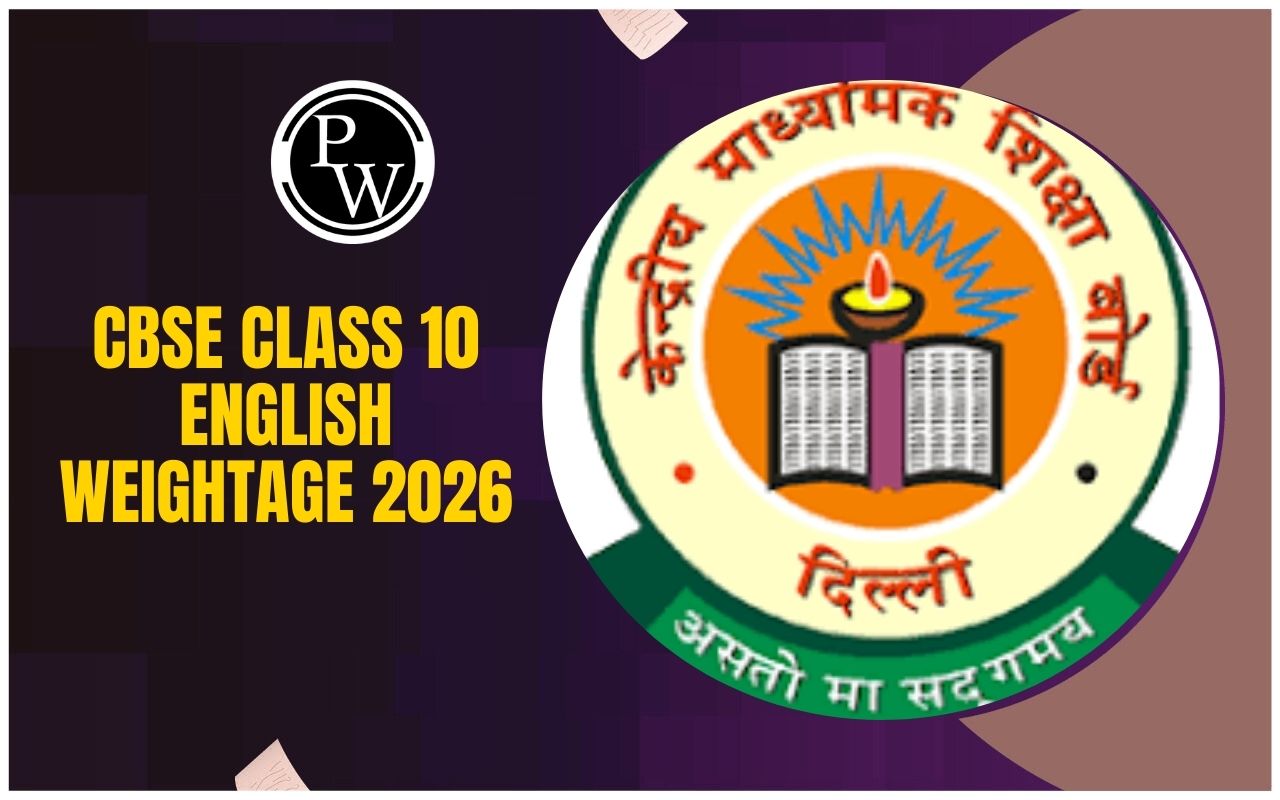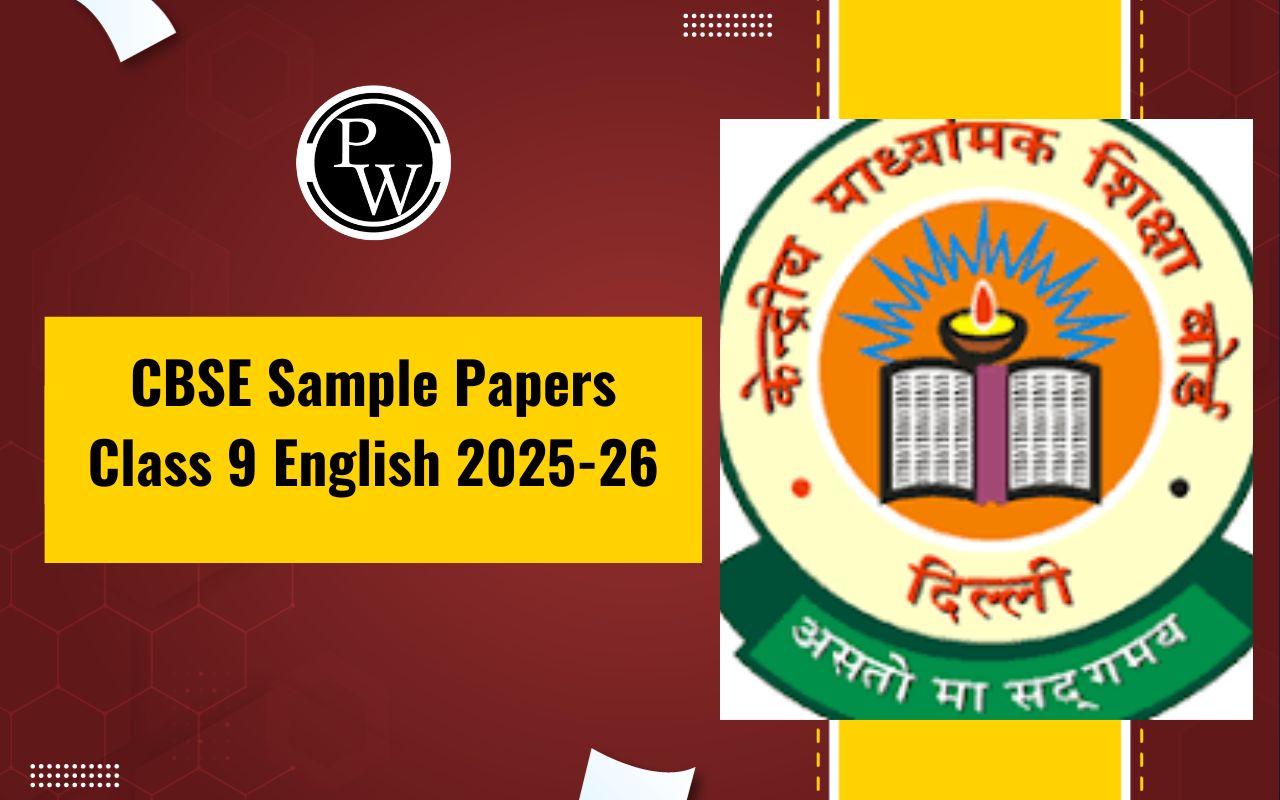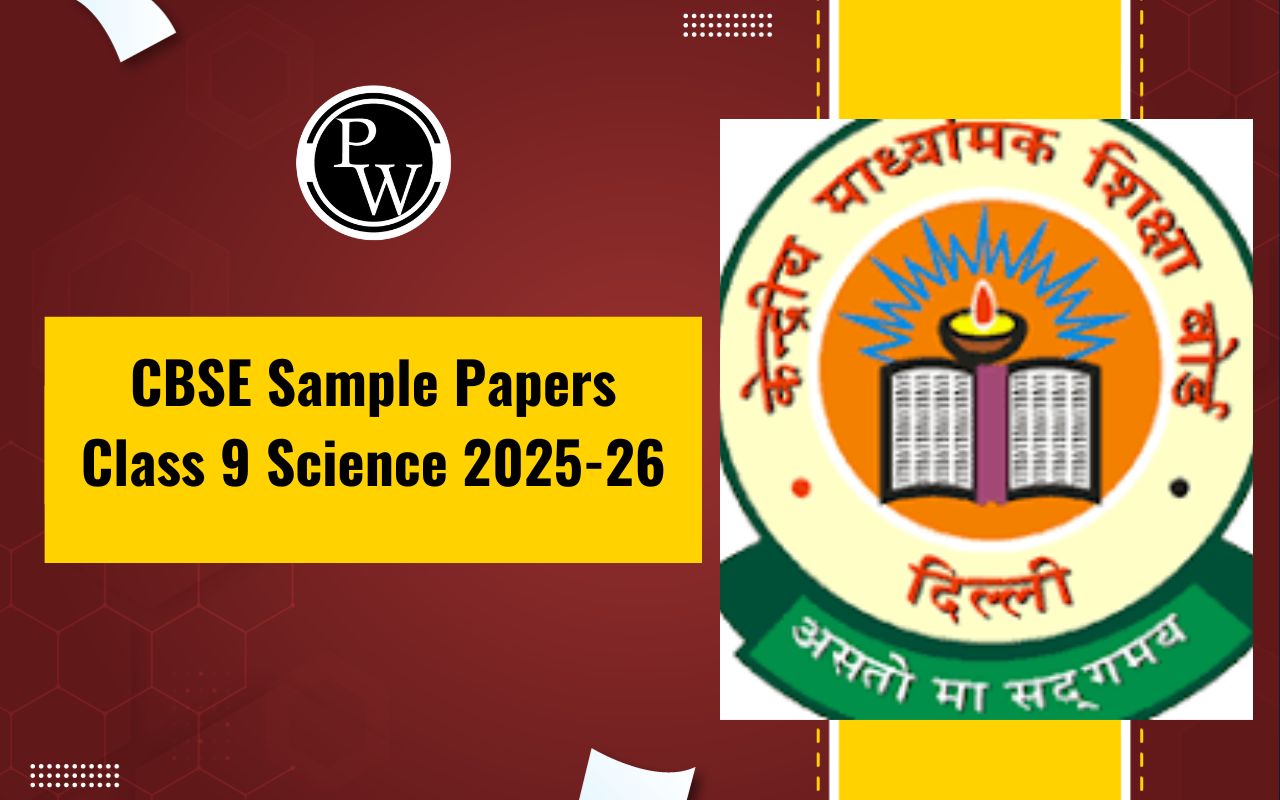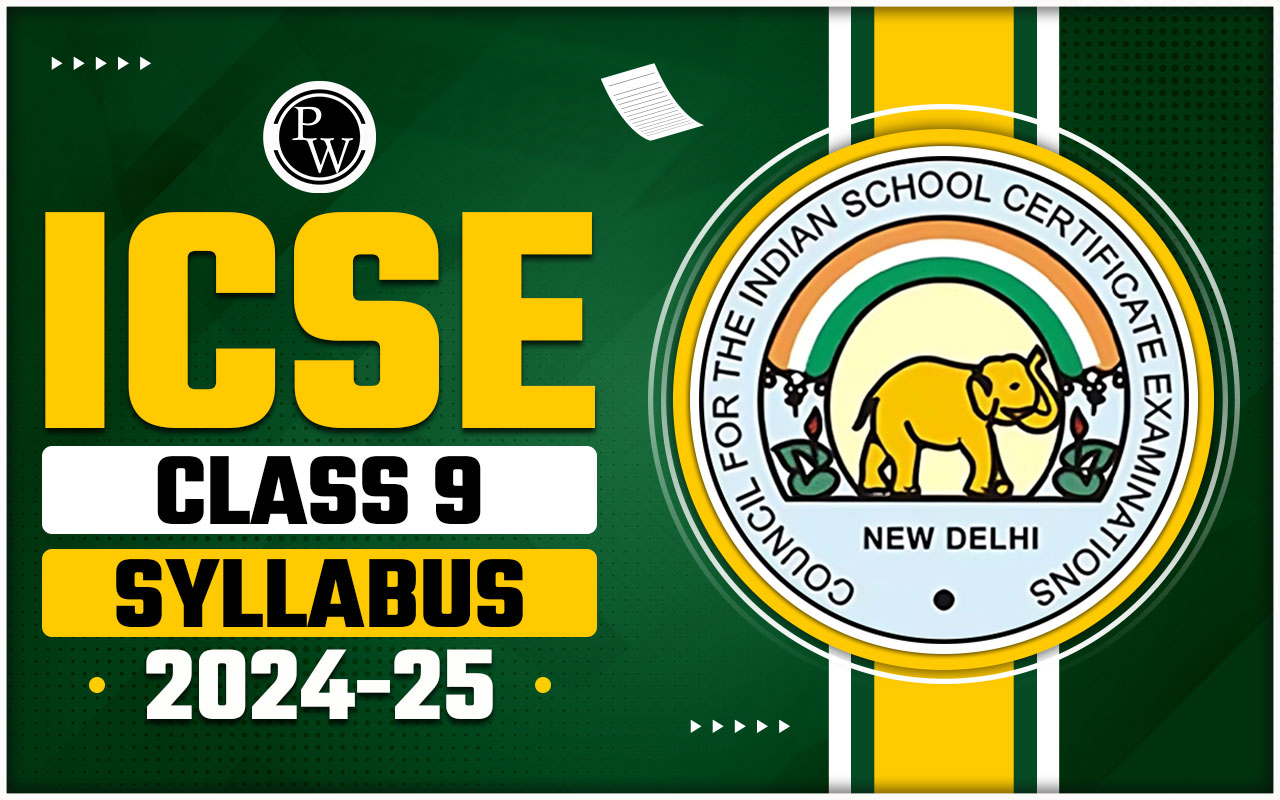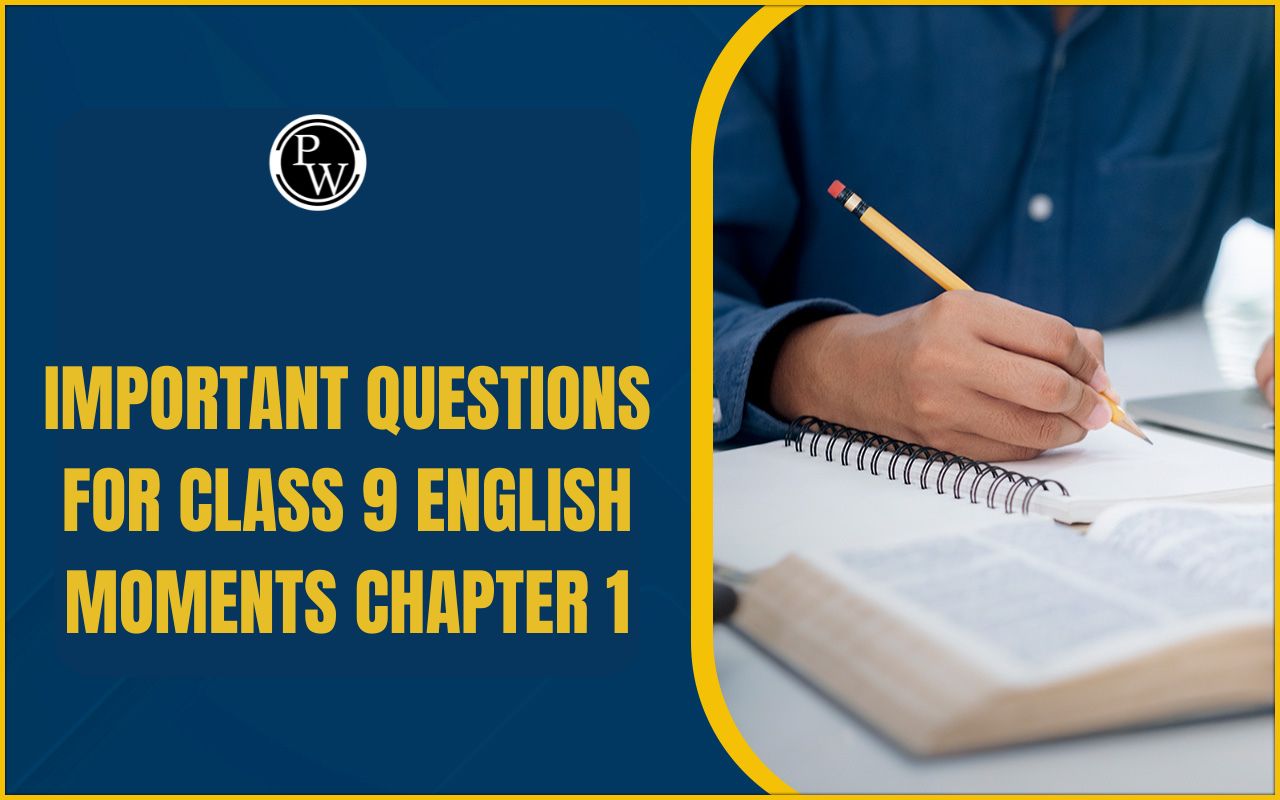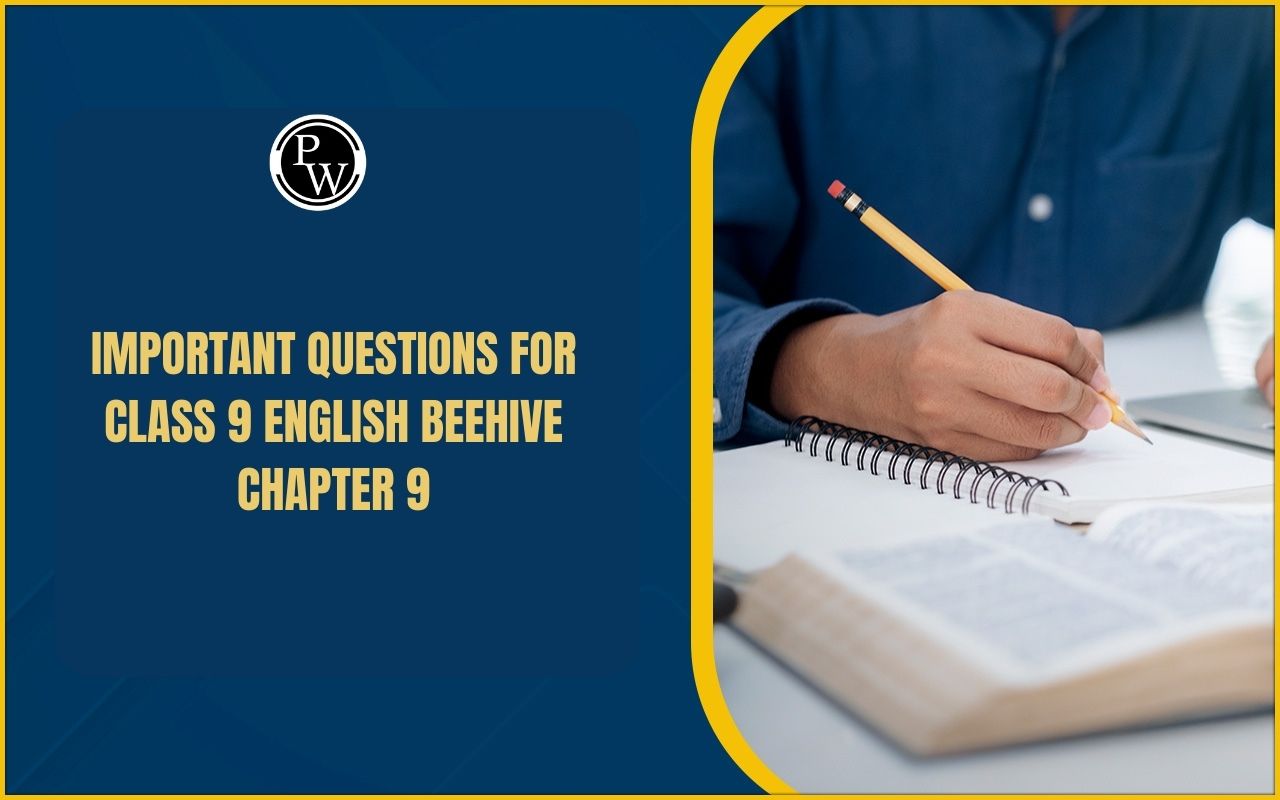
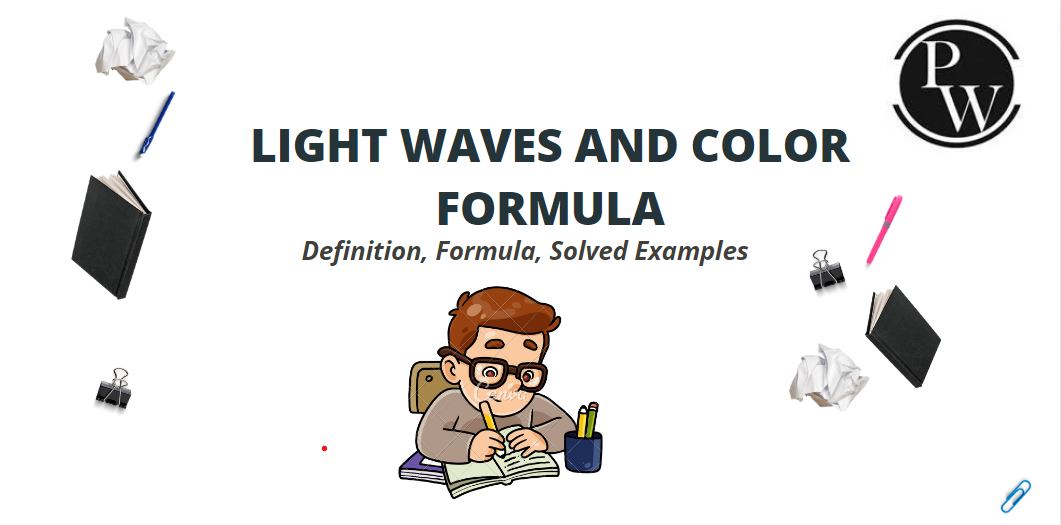
Definition Of Light Waves
Light Waves And Color Formula: Light is an electromagnetic wave that travels through space. These waves have certain key properties:- Wavelength (λ): The distance between successive peaks or troughs of a light wave is its wavelength. It's often measured in nanometers (nm) or micrometers (µm).
- Frequency (f): Frequency refers to the number of oscillations (cycles) a light wave completes in one second. It is measured in Hertz (Hz).
- Speed of Light (c): The speed of light is a constant in the universe and is approximately 3 x 10^8 meters per second in a vacuum.
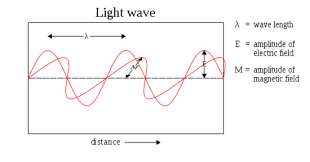
Applications of Light Waves And Color Formula
Light waves and color have a wide range of applications in various fields, including: - Optics: Understanding light is fundamental in designing optical systems, like lenses and microscopes. - Displays: The colors displayed on screens, like those of televisions and computer monitors, are produced through careful control of light. - Medicine: Light is used in medical imaging techniques such as X-rays and MRI scans.Solved Examples Of Light Waves And Color Formula
Problem 1: Wavelength and Frequency Calculate the frequency of light with a wavelength of 600 nm. Solution: Using the formula f = c / λ: - λ = 600 nm = 600 x 10^-9 meters - c ≈ 3 x 10^8 m/s (speed of light) - f = (3 x 10^8 m/s) / (600 x 10^-9 m) = 5 x 10^14 Hz Problem 2: Color Calculation Determine the color of light with a wavelength of 450 nm. Solution: Referring to the color chart, a wavelength of 450 nm corresponds to the color blue. Problem 3: Additive Color Mixing If red light (wavelength = 650 nm) and green light (wavelength = 520 nm) are mixed, what color will be produced? Solution: Red and green light mix to produce yellow. Problem 4: Subtractive Color Mixing When cyan paint (reflects green and blue light) and yellow paint (reflects red and green light) are mixed, what color will you see? Solution: Cyan and yellow pigments combine to produce a shade of green. Problem 5: Color Complement If you mix a color with its complementary color, what color will you get? Solution: Mixing a color with its complementary color will result in white or a shade of gray, depending on the proportions. Problem 6: Calculating Energy Calculate the energy of a photon with a wavelength of 700 nm. Solution: E = hc / λ, where h is Planck's constant ≈ 6.626 x 10^-34 J·s - λ = 700 nm = 700 x 10^-9 m - c ≈ 3 x 10^8 m/s (speed of light) - E = (6.626 x 10^-34 J·s * 3 x 10^8 m/s) / (700 x 10^-9 m) = 2.85 x 10^-19 J Problem 7: Color Mixing Experiment You shine a red light and a green light on a white wall. What color will you observe at the point where the lights overlap? Solution: The overlapping red and green lights will produce a yellow color on the wall. Problem 8: Frequency Conversion Convert a light wave with a frequency of 5 x 10^14 Hz into its corresponding wavelength in nanometers. Solution: Using the formula f = c / λ: - f = 5 x 10^14 Hz - c ≈ 3 x 10^8 m/s (speed of light) - Rearrange the formula: λ = c / f - λ = (3 x 10^8 m/s) / (5 x 10^14 Hz) = 600 nm Problem 9: Speed of Light in a Medium The speed of light in a particular material is 2 x 10^8 m/s. Calculate the wavelength of light with a frequency of 4 x 10^14 Hz in this medium. Solution: Using the formula λ = c / f, where c is the speed of light in the medium: - λ = (2 x 10^8 m/s) / (4 x 10^14 Hz) = 5 x 10^-7 m = 500 nm Problem 10: Color Mixing in Painting An artist mixes red and blue pigments. What color will result, and why? Solution: Mixing red and blue pigments will result in purple. This is because red and blue pigments are subtractive primaries, and their mixture combines to absorb green light, reflecting the remaining colors, which make up the shade of purple.Light Waves And Color Formula FAQs
What is the relationship between the frequency and color of light?
The color of light is directly related to its frequency. Higher frequencies correspond to colors at the violet end of the spectrum, while lower frequencies are associated with the red end. In other words, blue and violet light have higher frequencies than red and orange light.
Can you explain the concept of additive and subtractive color mixing?
Additive color mixing occurs with light sources. When you combine primary colors of light like red, green, and blue, you get different colors through addition. Subtractive color mixing, on the other hand, applies to mixing pigments or inks, where the primary colors are cyan, magenta, and yellow. Mixing these pigments subtracts certain colors from white light, resulting in various hues.
How does light interact with materials to create color?
The color of an object is determined by the wavelengths of light it reflects. For instance, an apple appears red because it reflects red wavelengths and absorbs other colors. The interaction between the object's surface and the light spectrum creates the colors we perceive.
Are there colors beyond the visible spectrum?
Yes, there are colors beyond the visible spectrum. Infrared and ultraviolet light, for example, have wavelengths that humans cannot see. These regions of the electromagnetic spectrum are used in various applications, such as night vision (infrared) and sterilization (ultraviolet).
🔥 Trending Blogs
Talk to a counsellorHave doubts? Our support team will be happy to assist you!

Free Learning Resources
PW Books
Notes (Class 10-12)
PW Study Materials
Notes (Class 6-9)
Ncert Solutions
Govt Exams
Class 6th to 12th Online Courses
Govt Job Exams Courses
UPSC Coaching
Defence Exam Coaching
Gate Exam Coaching
Other Exams
Know about Physics Wallah
Physics Wallah is an Indian edtech platform that provides accessible & comprehensive learning experiences to students from Class 6th to postgraduate level. We also provide extensive NCERT solutions, sample paper, NEET, JEE Mains, BITSAT previous year papers & more such resources to students. Physics Wallah also caters to over 3.5 million registered students and over 78 lakh+ Youtube subscribers with 4.8 rating on its app.
We Stand Out because
We provide students with intensive courses with India’s qualified & experienced faculties & mentors. PW strives to make the learning experience comprehensive and accessible for students of all sections of society. We believe in empowering every single student who couldn't dream of a good career in engineering and medical field earlier.
Our Key Focus Areas
Physics Wallah's main focus is to make the learning experience as economical as possible for all students. With our affordable courses like Lakshya, Udaan and Arjuna and many others, we have been able to provide a platform for lakhs of aspirants. From providing Chemistry, Maths, Physics formula to giving e-books of eminent authors like RD Sharma, RS Aggarwal and Lakhmir Singh, PW focuses on every single student's need for preparation.
What Makes Us Different
Physics Wallah strives to develop a comprehensive pedagogical structure for students, where they get a state-of-the-art learning experience with study material and resources. Apart from catering students preparing for JEE Mains and NEET, PW also provides study material for each state board like Uttar Pradesh, Bihar, and others
Copyright © 2025 Physicswallah Limited All rights reserved.



